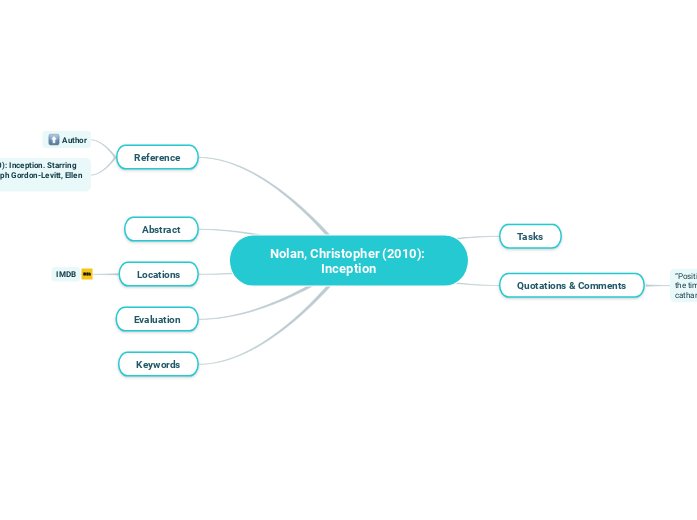The Roommate Dynamic
Aristotelian Rhetorical Theories
Pathos
Roommate may create a strong attachment to one another and always hang out with one another- Social Surrogacy
Women tend to use emotion when conversing.
"humans cannot be understood unless the thoughts, beliefs, feelings, values and assumptions that preceded those actions are understood." (Museta 122)
It is amazing to see the way females can manipulate people through conversation. You may not feel anything about a certain matter, but just discussing a topic can create passionate emotions
I know that I have had conversations where the person speaking says something that she knows will make the listener react in a certain way
Logos
Roommates set rules and boundaries when they
move in with each other in order to keep peace within the household
Ethos
We talk to each other when we are planning something to have different points of view. We know what each other's priorities are and we know that we want to be efficient
As roommates, we usually speak or help each other out when we know what they are taking about. Conversation is usually overheard and we interject when we have something to say
Kairos
Each one of us needs to know the right time in place to make jokes or say something
My roommates have different opinions on some political and non-political issues. If they were to have a conversation about one of the hot topics, it could cause a big problem. We make sure we time our conversation and have them with certain people in order to keep the peace
Afrocentric Rhetorical Theories
Linguistic Code
One must know how and when to say something in order for the audience to understand what the rhetor is saying
"the speaker must have the skill to know when to use intonation and tonal styling. Likewise, emotion is an important part of using the voice to achieve affective rhetoric." (Borcher's 9)
Historical methods of conveying information
Frame of mind
When talking to a roommate you need to be aware of who you are talking to and the relationship you have
Amy Tan writes about how she speaks differently around her mom compared to when she speaks in public. She would not speak the same way to both audiences because she has different relationships
The speaker's and audience's creative and psychological influences
Styling: To convey status or create identification between speaker and audience
Rhythm: To create a relationship with the audience
Feminist Rhetorical Theory
1. Inclusion
2.Reconceptualization
3. Gender Diversity
4.Oppression and liberation
Oppression and Liberation:
Free women's voices
Rhetoric oppresses and liberates
Gender Diversity:
Dichotomous approaches-Misrepresentation of the history of rhetoric
Incorporate more female voices in history and in present
Reconceptualization:
Women should be studied as rhetors
May empower women
Inclusion:
Focus on rhetors who had public power, but there weren't a lot in rhetorical history.
Some of the female rhetors were more private, so they went unnoticed
Declaration of Sentiments and Resolutions
Spelled out the issues and causes of the feminist movement
Women's Rights Convention in Seneca Falls, New York 1848
"male and female speakers who use the feminine style [of speaking] rely primarily on using personal experience, extended narratives and anecdotes" (Museta 123)









